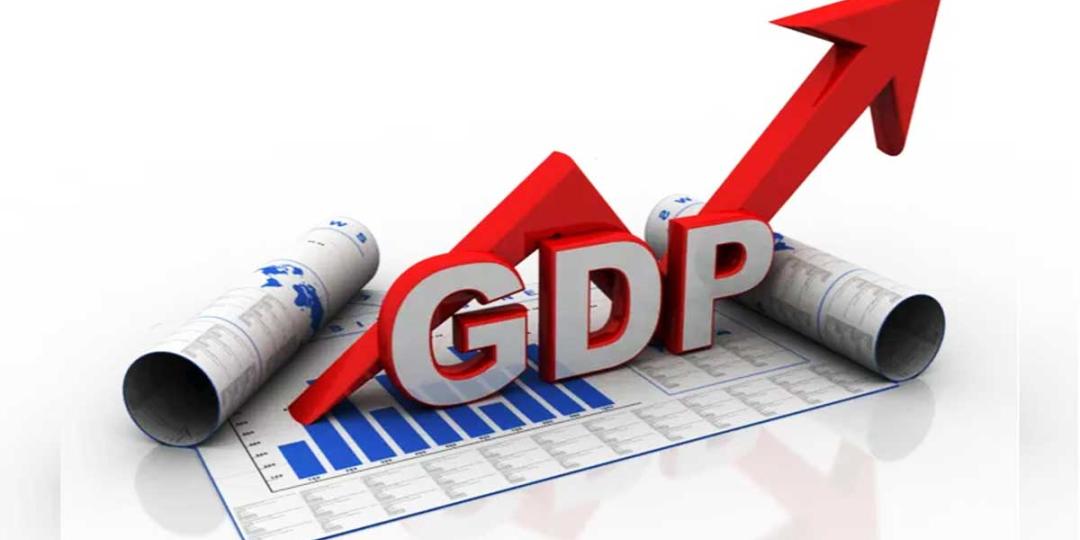Professional services company PricewaterhouseCoopers (PwC) has forecast that nominal GDP growth will be larger than previously expected due to higher inflation.
“South Africa is forecast to see nominal GDP growth of 7.4% this year and 6.3% in 2023. The gap between the nominal and real GDP growth projections (below 2.0% for both years) is the GDP deflator. The deflator measures changes in the prices of goods and services and represents the effect of producer price inflation on GDP estimates. South Africa’s deflator was measured at 7.1% in 2021, the highest in more than a decade. Producer price inflation ended the year at 10.8% year on year,” PwC said.
The fiscal budget deficit – the gap between fiscal revenue and expenditure – widened sharply from an equivalent 6.1% of (nominal) GDP in the 2019/2020 fiscal year to 9.8% of nominal GDP in 2020/2021. This was caused by a drop in revenue due to the lockdown-induced economic recession during 2020 as well as the need for increased health and other social spending to contend with the pandemic, PwC added. The economic recovery and fiscal spending consolidation narrowed the fiscal deficit to 5.5% of GDP in 2021/2022.
“On the back of a likely overrun in revenues this year, as well as the increase in nominal GDP forecasts, the current fiscal year is expected to see a fiscal shortfall equal to 5.5% of GDP,” the company said.
Public debt is not expected to peak any time soon due to large fiscal budget deficits that require borrowing to finance the shortfall.
Fitch Ratings noted in July that while South Africa had a favourable debt structure with long maturities and obligations denominated mostly in rand, the continued ascent in outstanding debt would be hard to arrest. Fitch Ratings noted that the government expected its debt to stabilise in 2024/2025, but that its analysts anticipated it would continue rising beyond 2022.
“We agree. After increasing from 57.4% of GDP in 2019 to 70.7% of GDP last year, we expect public debt to increase to 76.4% of GDP by 2025,” PwC said.
It also noted in its report that National Treasury had recently been finalising financial modelling and legal processes to complete the transfer of Eskom’s debt to the sovereign balance sheet, with the intent of outlining the plan in the MTBPS.
“This needs to be detailed with urgency. While the transfer of debt from Eskom to the sovereign would result in a further deterioration in fiscal metrics, it could well be the only choice available to shore up the power utility’s finances and the country’s economic prospects. Most consumers would probably prefer the debt transfer option over a 32.7% increase in electricity tariffs in 2023, as requested by Eskom from the National Energy Regulator of South Africa,” PwC said.













